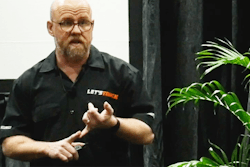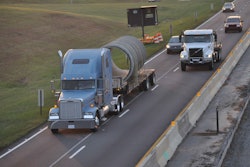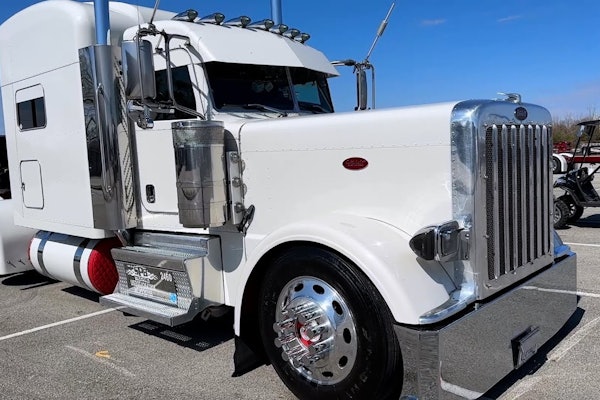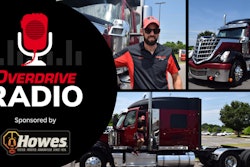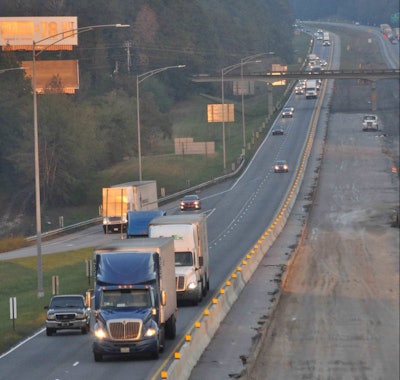 Owner-operators need to determine lanes they like to run and become experts on the rate patterns for those lanes. That will help level the playing field with brokers during rate negotiations, says Rutherford.
Owner-operators need to determine lanes they like to run and become experts on the rate patterns for those lanes. That will help level the playing field with brokers during rate negotiations, says Rutherford.Owner-operators running under the mantra “Say no to cheap freight” likely are doing more harm than good for the profitability of their business, says Kevin Rutherford, former small fleet owner, owner-operator accountant and SiriusXM host. Rutherford gave an address on finding profitable loads Thursday at the Mid-America Trucking Show in Louisville, Ky.
“Is there really a definition of cheap freight? I say no, there isn’t,” Rutherford says. Instead of “let’s say no to cheap freight,” he says, “let’s say no to deadhead or minimize it or plan it better.”
Even loads that pay below operators’ cost per mile aren’t worth shunning if they can be a bridge between two loads that pay well, he says.
Rates are determined almost exclusively by supply and demand, says Rutherford, not operators’ willingness to turn down cheap loads. The remaining percentage is determined by truckers’ ability to define their value and negotiate with brokers, he says.
Therein lies the problem, Rutherford notes, particularly for owner-operators who don’t know their cost per mile (95 percent of owner-operators don’t, he says) and are uninformed about rate trends, particularly within the lanes they travel. “The owner-operator always feels like he’s getting screwed in the deal because he’s the least prepared party in the transaction,” Rutherford says. “Owner-operators don’t understand the basic information they need to know, then they wonder why they feel like they’re getting screwed. The brokers know this stuff inside and out and backwards and forward. Does that put them in an advantage when negotiating with you? Of course.”

To secure the best rates, owner-operators should define their business model, become well versed on the rate trends in the lanes they run, learn how to build relationships and to negotiate and increase their value to their customers.
Once owner-operators establish lanes they like to run — a lane being any run between two locations — they need to become an expert on those lanes, he says. They could also establish triangles of lanes or other patterns, Rutherford says. He recommends using services like Truckstop.com to learn historical and seasonal rate trends for the lanes where they operate.
Next, owner-operators need to build good relationships with a few brokers — or even a single broker, he says — and learn how to market themselves and their businesses as a means to increase their value and, thus, their ability to land better rates.
“Think about who your customer is. The broker is your customer. How many of you treat them like a customer?” he says. “I hear the way you talk to brokers. Certainly doesn’t sound like a customer to me.”
Rutherford recommends listening to audiobooks on sales, business management, personal development and relationships to become better business owners and to learn how to better work with brokers.
“What can you do that would make a broker willing to pay you more? You need to start thinking — that’s my customer. How can I provide so much value that they’re willing to pay me more than they would pay anybody else to move the same freight? That’s your job to determine how you provide that kind of value.”





